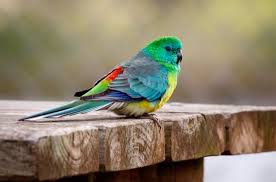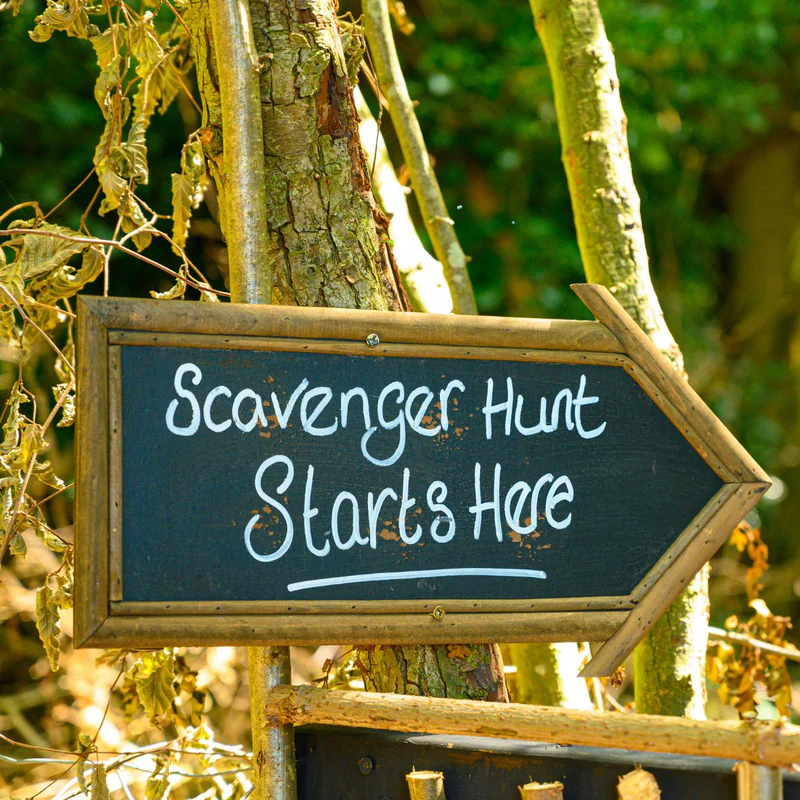
Red-rumped Parrot
Conditions of detention
Red-rumped Parrots require a spacious cage or aviary that allows for ample movement and flight. The cage should have horizontal bars for climbing, perches, toys, and various enrichment activities. It’s important to place the cage in a well-lit area away from drafts and direct sunlight.
Useful Fact: These parrots enjoy flying and benefit from an aviary setup that allows for free flight and natural behaviors. Providing plenty of space for exercise is crucial for their physical and mental well-being.
Nutrition and diet
A balanced diet for Red-rumped Parrots includes high-quality pellets, fresh fruits, vegetables, seeds, and grains. Leafy greens, carrots, apples, berries, and millet sprays are excellent choices for providing essential vitamins and nutrients.
Useful Fact: While seeds are a part of their diet, they should not make up the entire diet. A variety of fresh foods helps prevent nutritional deficiencies and supports overall health.
Health
Red-rumped Parrots are generally hardy birds but can be prone to certain health issues such as respiratory infections, mites, and nutritional deficiencies. Regular veterinary check-ups are important for maintaining their health.
Useful Fact: Monitoring their droppings for changes in color or consistency can provide early signs of health issues that require attention. Ensuring a clean and hygienic environment helps prevent common diseases.
Grooming and care
Red-rumped Parrots groom themselves by preening their feathers and enjoy regular baths. Providing a shallow dish of water for bathing or misting them lightly with water can help maintain healthy feathers.
Useful Fact: Regular cleaning of the cage and accessories is crucial to prevent bacterial growth and ensure a hygienic environment.
Education and training
Red-rumped Parrots are intelligent and can become accustomed to their owner’s presence and routines. They may learn simple tricks and enjoy interactive play.
Useful Fact: Training sessions should be kept short (5-10 minutes) to maintain their interest and reinforce learning. Using positive reinforcement techniques can encourage desired behaviors.
Toys and entertainment
Toys are essential for keeping Red-rumped Parrots entertained and mentally stimulated. They enjoy a variety of toys, including swings, bells, and foraging toys. It is important to rotate toys regularly to keep them engaged.
Useful Fact: Providing natural branches and chewable toys can help satisfy their instinct to gnaw and explore.
Safety
Ensure the living environment is free from hazards such as toxic plants, fumes from non-stick cookware, and small objects that could be ingested. The cage should be secure with appropriate bar spacing to prevent escape.
Useful Fact: Avoid using non-stick cookware around Red-rumped Parrots, as the fumes can be toxic and even fatal to birds.
Accessories
Red-rumped Parrots require a variety of accessories for their cage, including perches, food and water dishes, and toys. Accessories should be made from safe materials like untreated wood or stainless steel.
Useful Fact: Natural wood perches help maintain foot health by varying the pressure points on their feet compared to uniformly shaped perches.
Socialization
Red-rumped Parrots are social creatures and enjoy interaction with humans and other birds. They should not be kept in isolation for extended periods.
Useful Fact: If you have a single Red-rumped Parrot, spending time with them daily is crucial for their mental health and well-being. They thrive in environments where they can observe and interact with others.
Travel and Transportation
When traveling with Red-rumped Parrots, use a secure and well-ventilated travel cage. It’s important to keep the cage covered during transport to reduce stress.
Useful Fact: Familiarizing your Red-rumped Parrot with the travel cage by placing it in their living space and allowing them to explore it before any trips can help reduce travel-related anxiety.
Behavior and psychology
Red-rumped Parrots exhibit a range of behaviors and vocalizations that indicate their mood and health. Understanding these signals is essential for proper care.
Useful Fact: Red-rumped Parrots are generally quiet and gentle, making them suitable for households where a peaceful environment is desired. They can become vocal when excited or seeking attention.
Legal aspects
In most areas, there are few legal restrictions on keeping Red-rumped Parrots as pets, but it is important to ensure that any parrots purchased are from reputable breeders or pet stores, and not taken from the wild.
Useful Fact: Always check local regulations to ensure compliance with laws regarding pet ownership and breeding, as some areas may have specific requirements.


